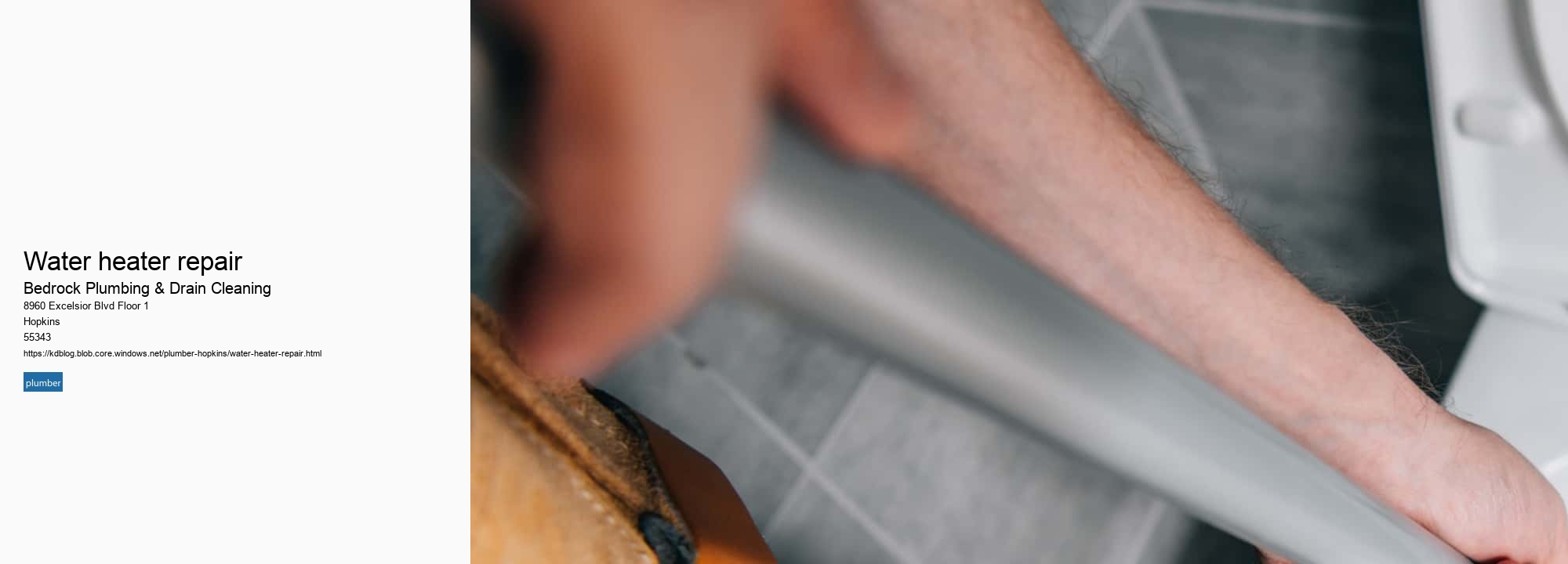

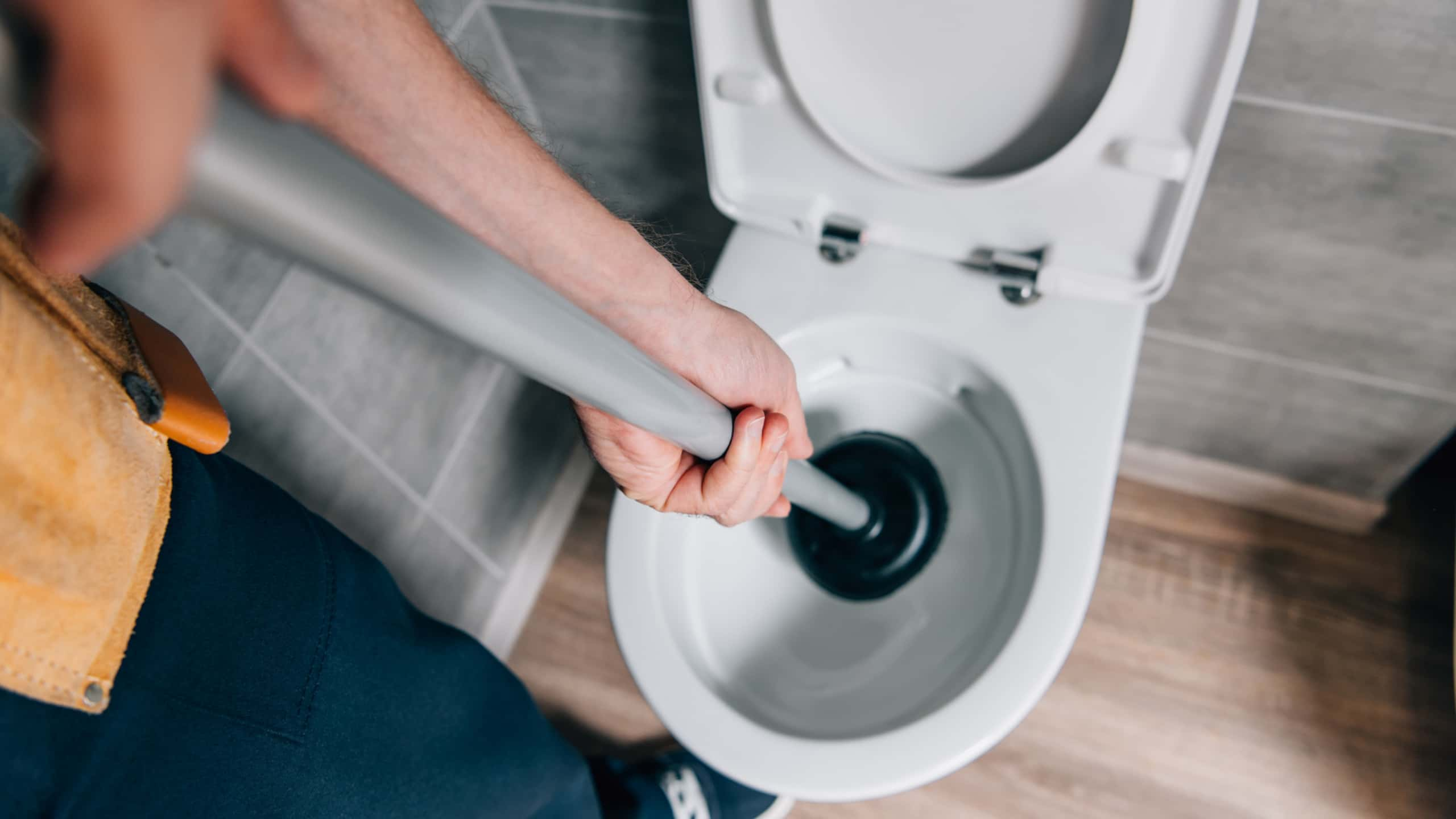
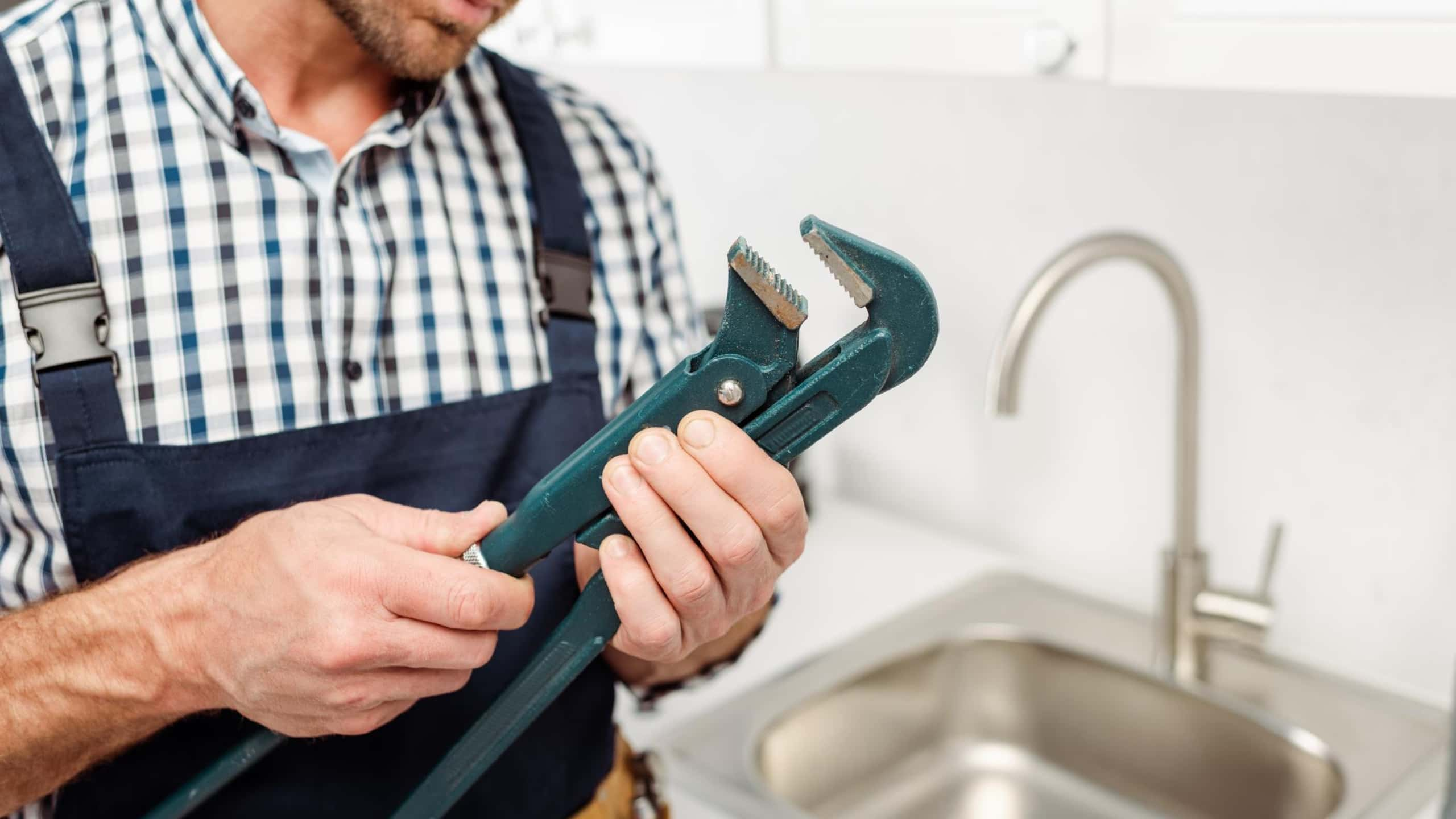
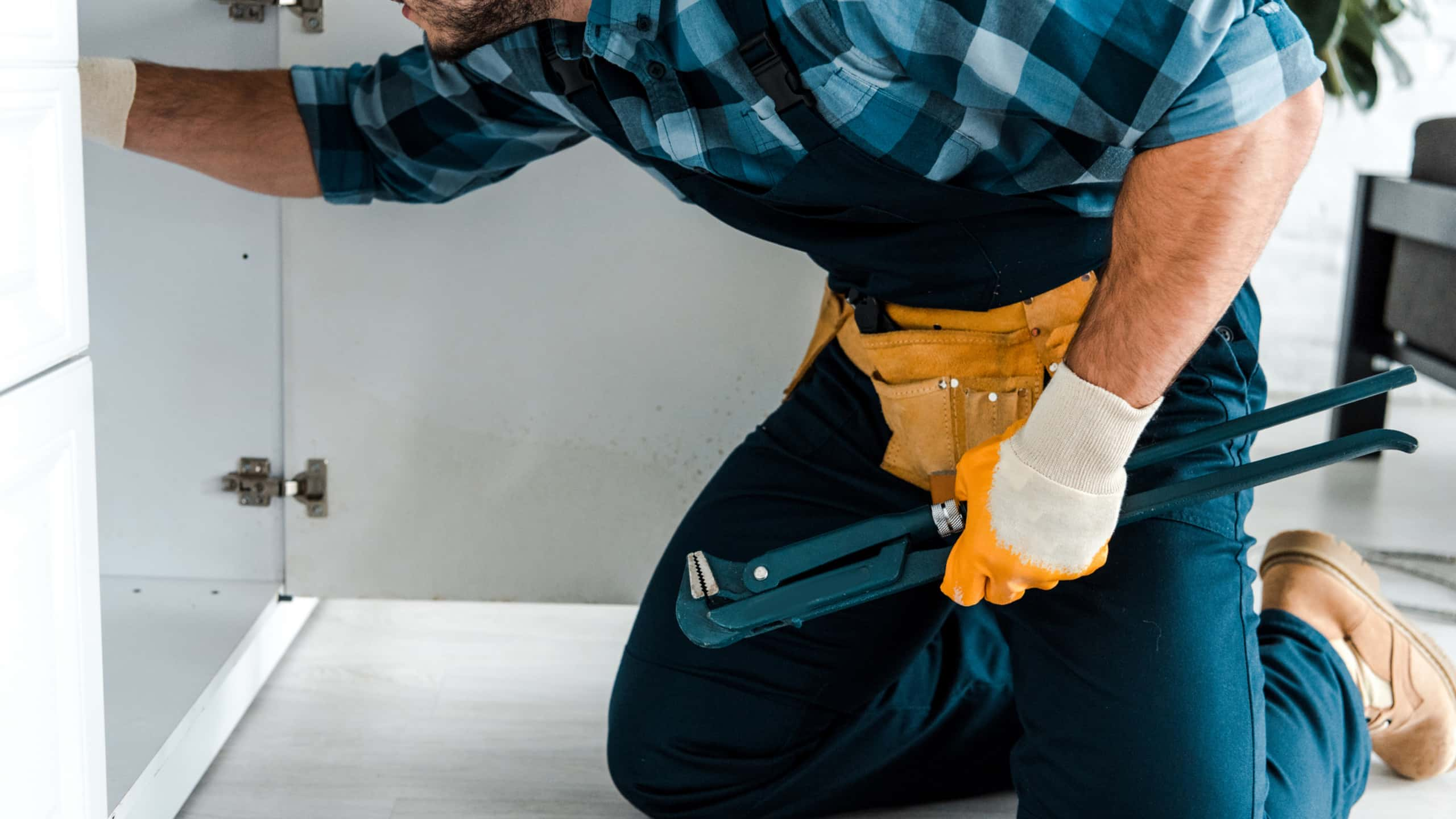
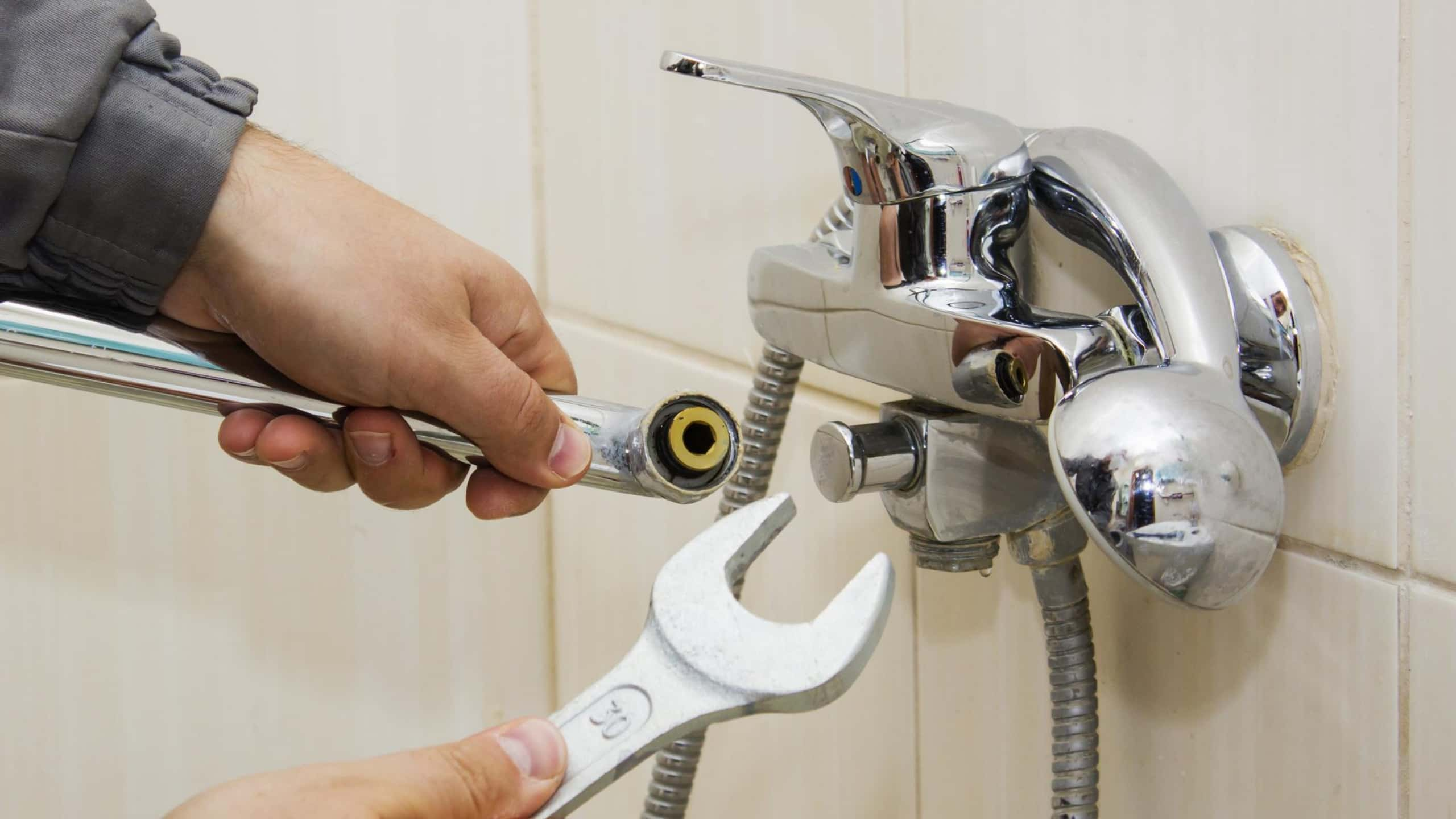
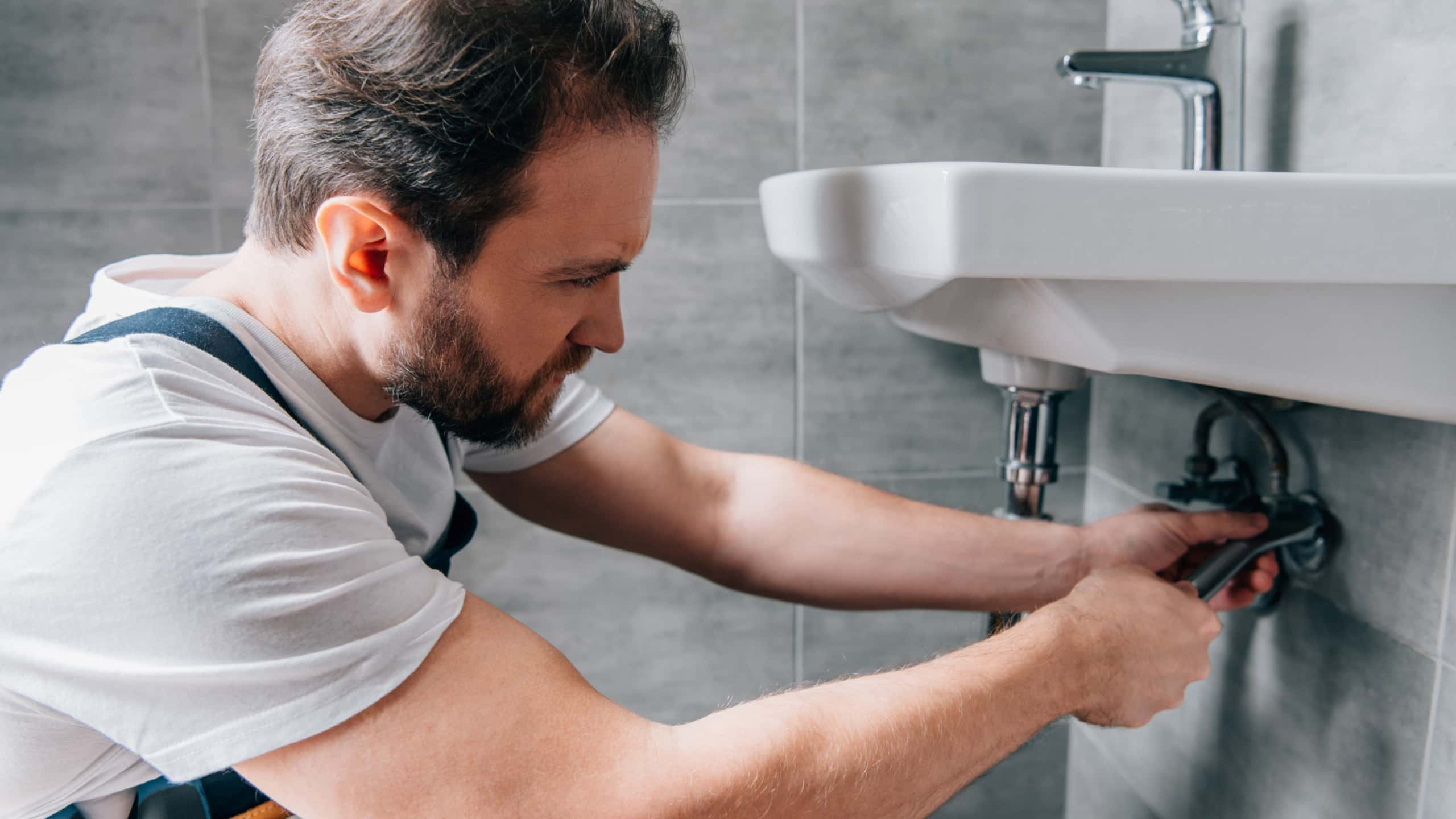
Plumbers are professionals who use specialized tools and materials to fix and maintain plumbing systems. They don't just rely on spanners or hammers, but instead use a variety of instruments and techniques that help them complete their tasks. Surprisingly enough, plumbers don't utilize everyday items such as duct tape or WD-40; instead they employ various gadgets that enable them to do their job correctly.
To begin with, plumbers use augers to clear clogged drains. An auger is a tool consisting of a long metal shaft that has an adjustable head with multiple cutting blades at the end of it. This allows the plumber to cut through waste material stuck in the pipes without damaging them. Additionally, pipe wrenches are used to tighten and loosen nuts or bolts on pipe fittings. These allow the user to easily adjust the fittings for optimum performance.
Plumbers have to take good care of their tools in order to keep them in working condition and ensure safety. But how do they go about cleaning them? Well, there's no one-size-fits-all answer, but there are certain steps that many plumbers take in order to keep their tools clean and safe to use.
Firstly, plumbers typically don't utilize detergents or other harsh chemicals when cleaning their tools. Instead, they usually prefer using a damp cloth with some warm water and mild soap. This helps remove any dirt or grime without damaging the tool's finish or causing it to rust. Additionally, they may make use of an old toothbrush for hard-to-reach places.
Next, most plumbers will inspect their tools before drying them off and oiling any metal parts. This helps prevent corrosion from occurring and also ensures that the tool is functioning properly before putting it back into service. Furthermore, if necessary, they may even sharpen up edges on blades to give them a sharper cutting edge.
Deep cleaning a pipe is no easy task. It requires time, patience, and the right tools. However, with a bit of effort and know-how, it can be done relatively quickly and effectively.
First and foremost, you must make sure to turn off all power sources connected to the pipe before beginning any work. This will protect you from potential hazards such as electric shock or fire danger. Then gather your supplies: a bucket of warm water mixed with detergent, some scrubbing brushes (steel wool for tougher spots), rubber gloves, a vacuum cleaner with an appropriate hose attachment, and paper towels or rags for drying the surface afterwards.
Next step is to start removing dirt from the interior of the pipe by first using the brush to dislodge any debris attached to its walls. Afterwards use the vacuum cleaner's hose attachment in order to suck out all particles that are still inside. Make sure not to miss any hidden areas! Then rinse well with warm water and let dry completely before proceeding further.